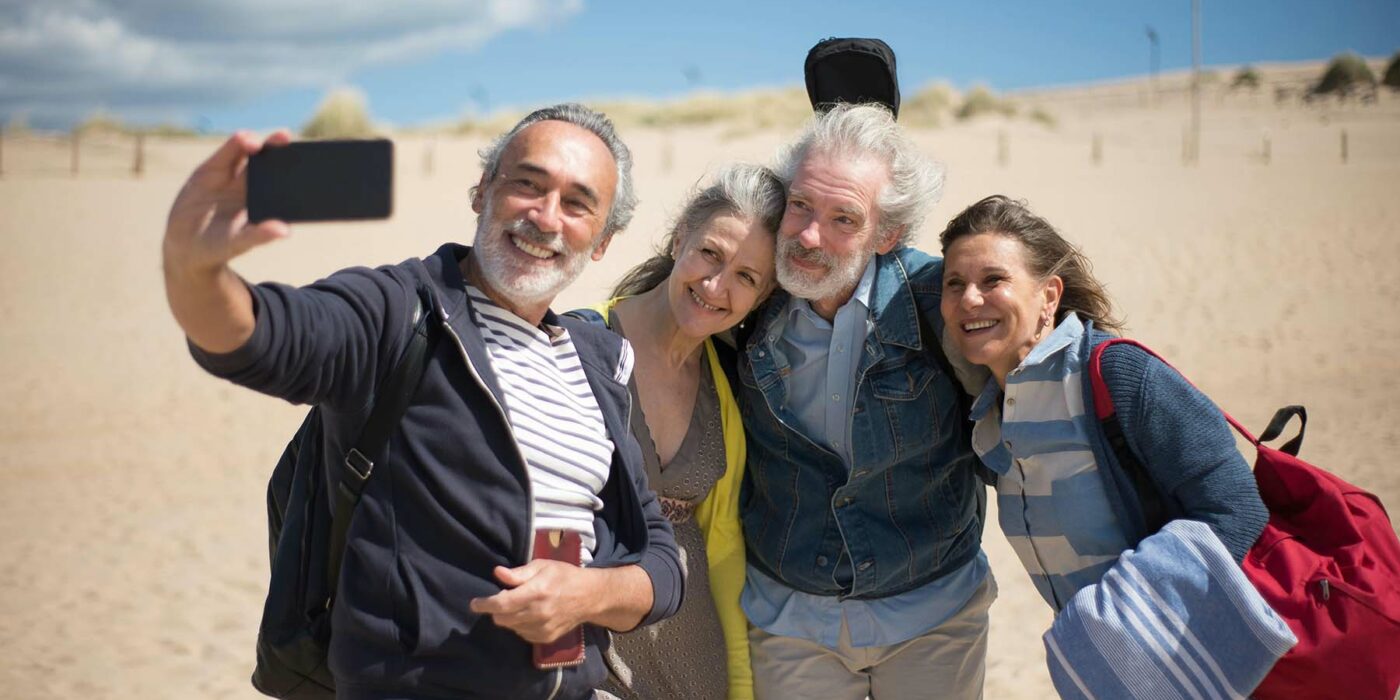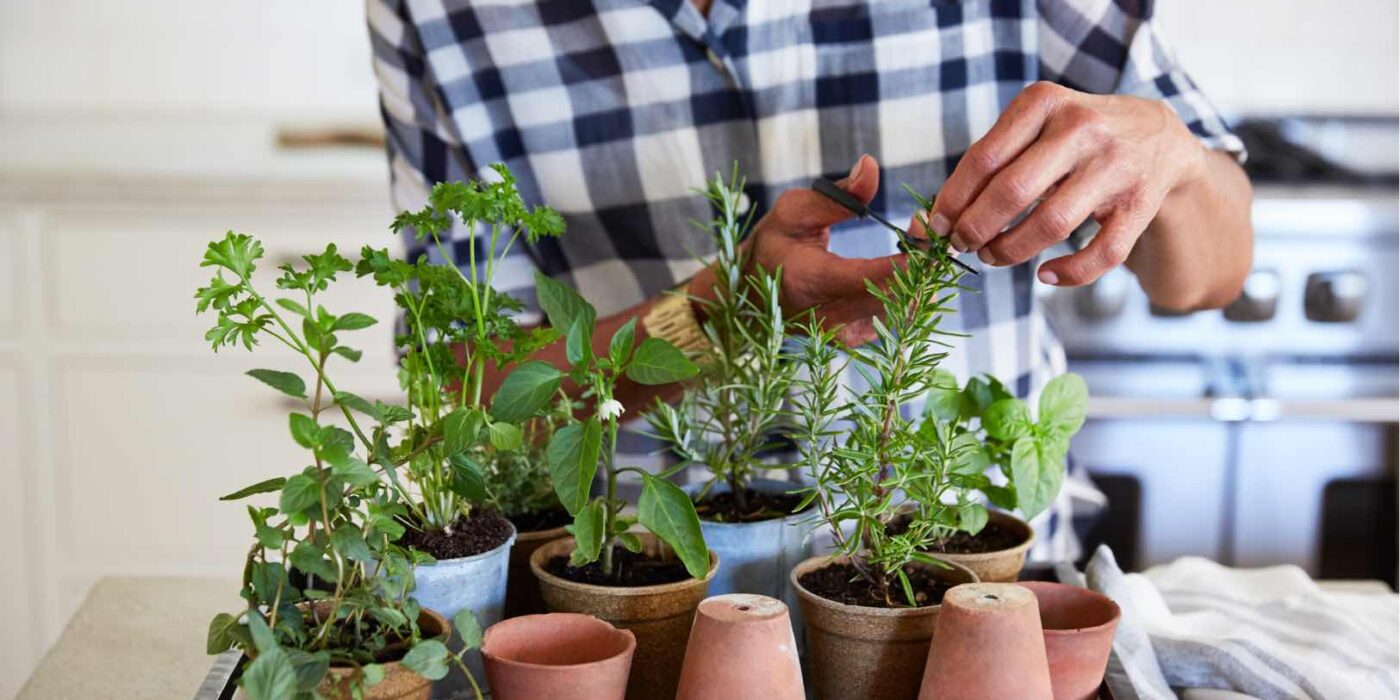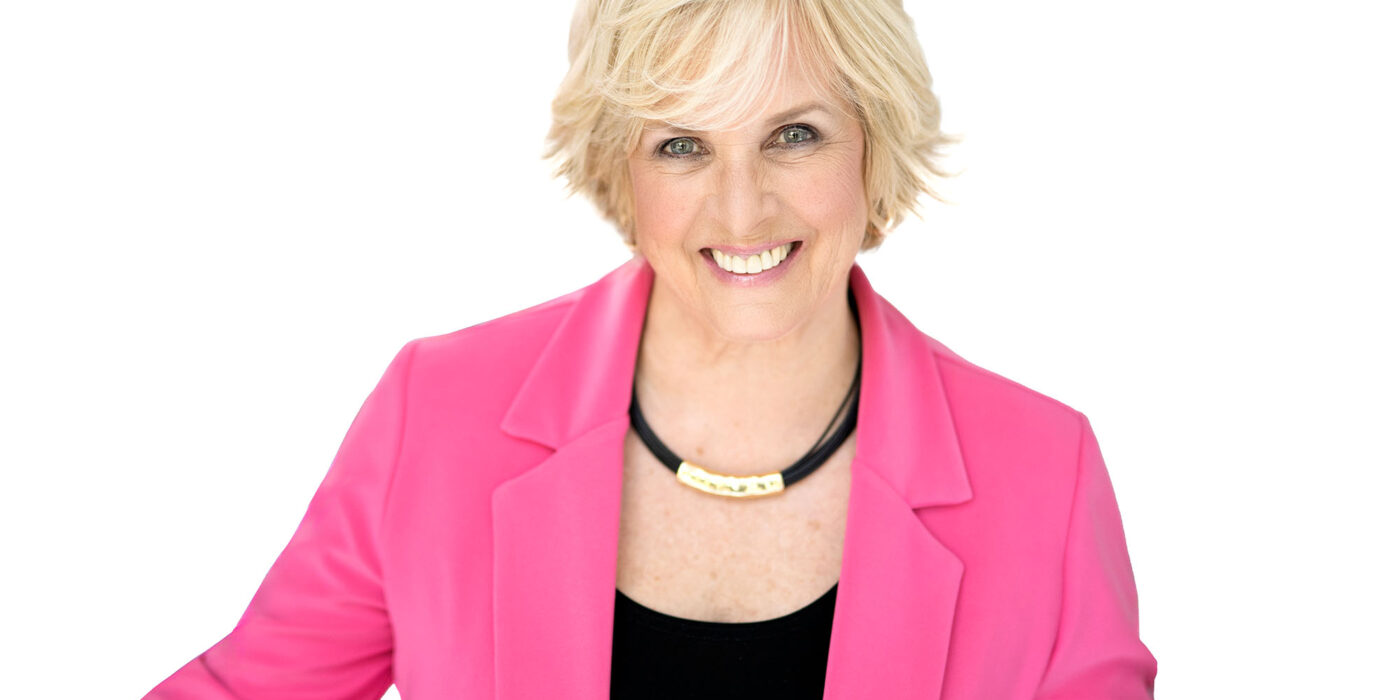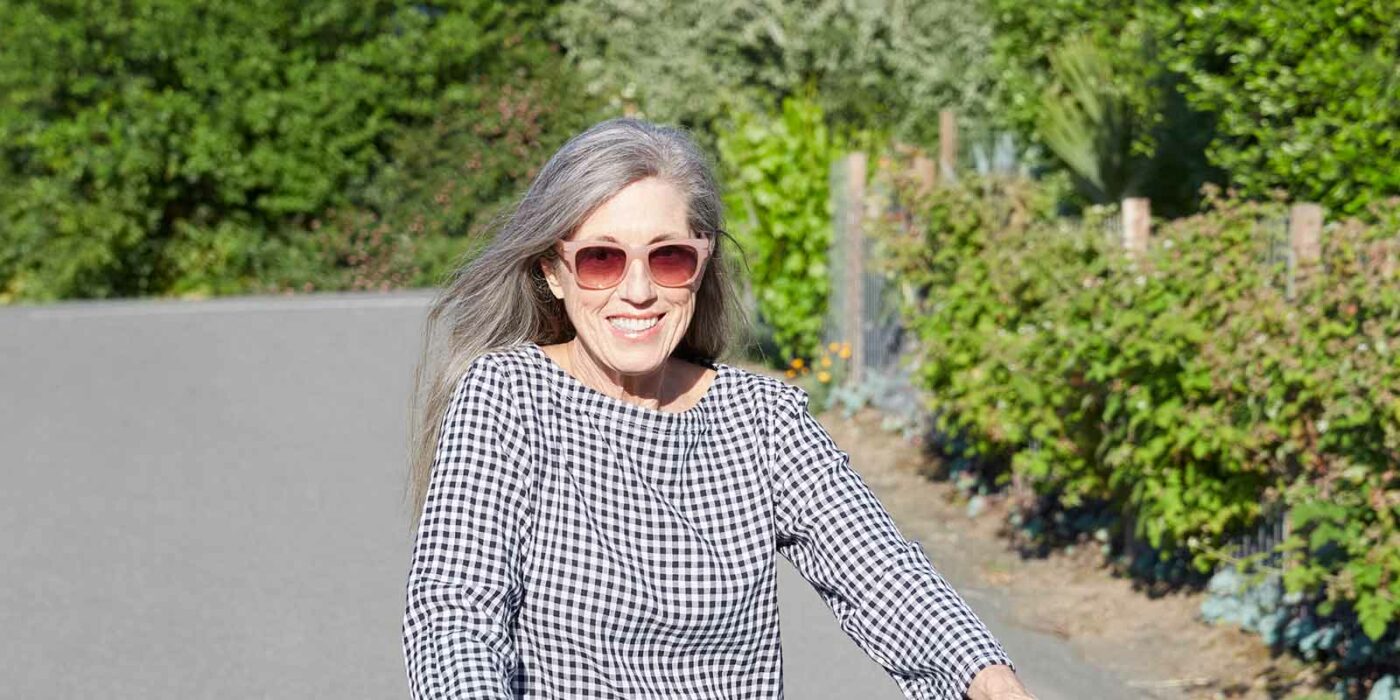Soak up the Sun: How Nature, Friendship, and Laughter Enhance Wellness
What is it about sunshine that can turn a blah day into something special? Feeling its warmth encourages us to go outdoors and sparks us to remember the simple joys in life. The great news is it’s not just about having a healthy glow; sunshine is good for our well-being in many ways. No wonder it’s called Vitamin Sun, it helps our body produce vitamin D, which supports our immune system and our bone health along with helping keep our muscles and brain cells working. Catch 15-20 minutes of early or late day sun for a noticeable impact on both physical and emotional well-being.
“The sun does not shine for a few trees and flowers, but for the wide world’s joy.” – Preacher, Henry Ward Beecher
Maybe it’s beyond science but sunshine feels like an invitation to live fully. Getting outside where life happens, catching up on a walk, meeting up on the golf course, around garden beds, on a patio or on a park bench beside the water all contribute to our wellbeing. If we were to try to describe freedom that might be it, especially in Canada, where warm and sunny days are precious. We feel vibrant and more present somehow, whether we’re digging in the soil or parked in a chair watching birds flitting through the trees. We’re engaged in a kind of connection that’s good for our body, mind and spirit. Mix in a dose of laughter, which I think of as a tonic, and you’ve found an easy recipe for joy: one that contributes to longevity as well as diminishing both stress and cognitive decline.
“There is peace even in the storm when you listen to the birds.” – Unknown
It may be a function of aging and if it is, thank you because I love to listen to and observe birds. Watching them reminds me to listen more to my intuition because they certainly do. I love the dance hummingbirds perform at our feeder when two of them show up at the same time. Sometimes one leaves and on occasion they give me a gift and both perch to feed together. Listening to birds singing lets me know that all is well. When they’re quiet you can be sure something’s up like a weather event is moving in. They know everything before we do, and they respond without second guessing themselves. I recently read something so fascinating about birds: their song first thing in the morning, wakes up the flowers so they can start to open for the day. Certainly, listening to birds singing is good medicine as it is said to reduce anxiety and foster a feeling of calm. Maybe that’s beyond science too but I love it.
“Those who dwell among the beauties and mysteries of the earth are never alone or weary of life.” – conservationist, Rachel Carson
Spending time in the great outdoors is an investment in ourselves, whether we join a gardening club, walk with a group or savour a glass of iced tea on the porch, we’re connected to something larger than ourselves. Nature and the company of other people keep us grounded, calm and fill us with energy and purpose.
This summer, you’re invited to soak up the sunshine, breathe in fresh air, laugh often and spend time with others. Whether you’re planting seeds in the garden or sharing stories with friends and family under a summer sky, you’re not only making memories to cherish, but you’re also nourishing yourself in every way that matters. No matter what age, our best years are the ones lived with intention and connection with nature and other people.











